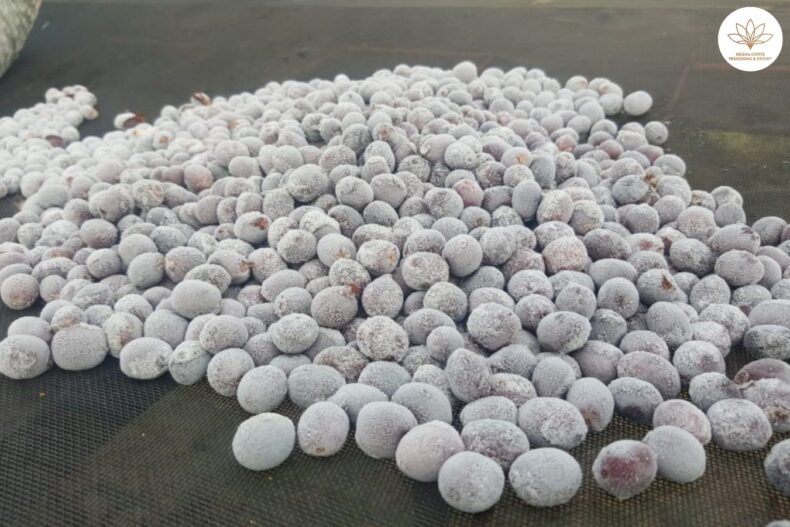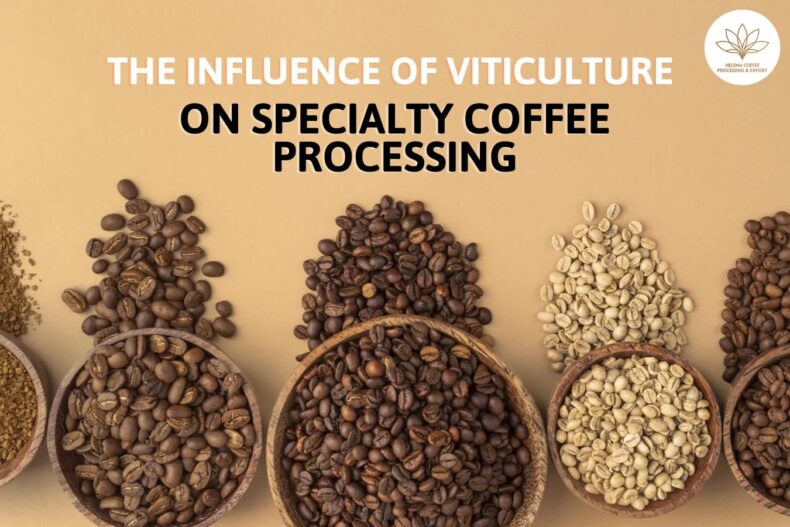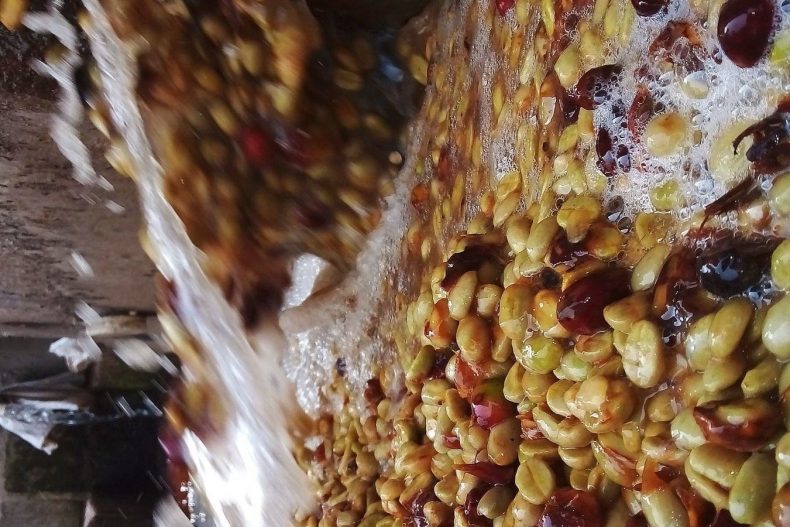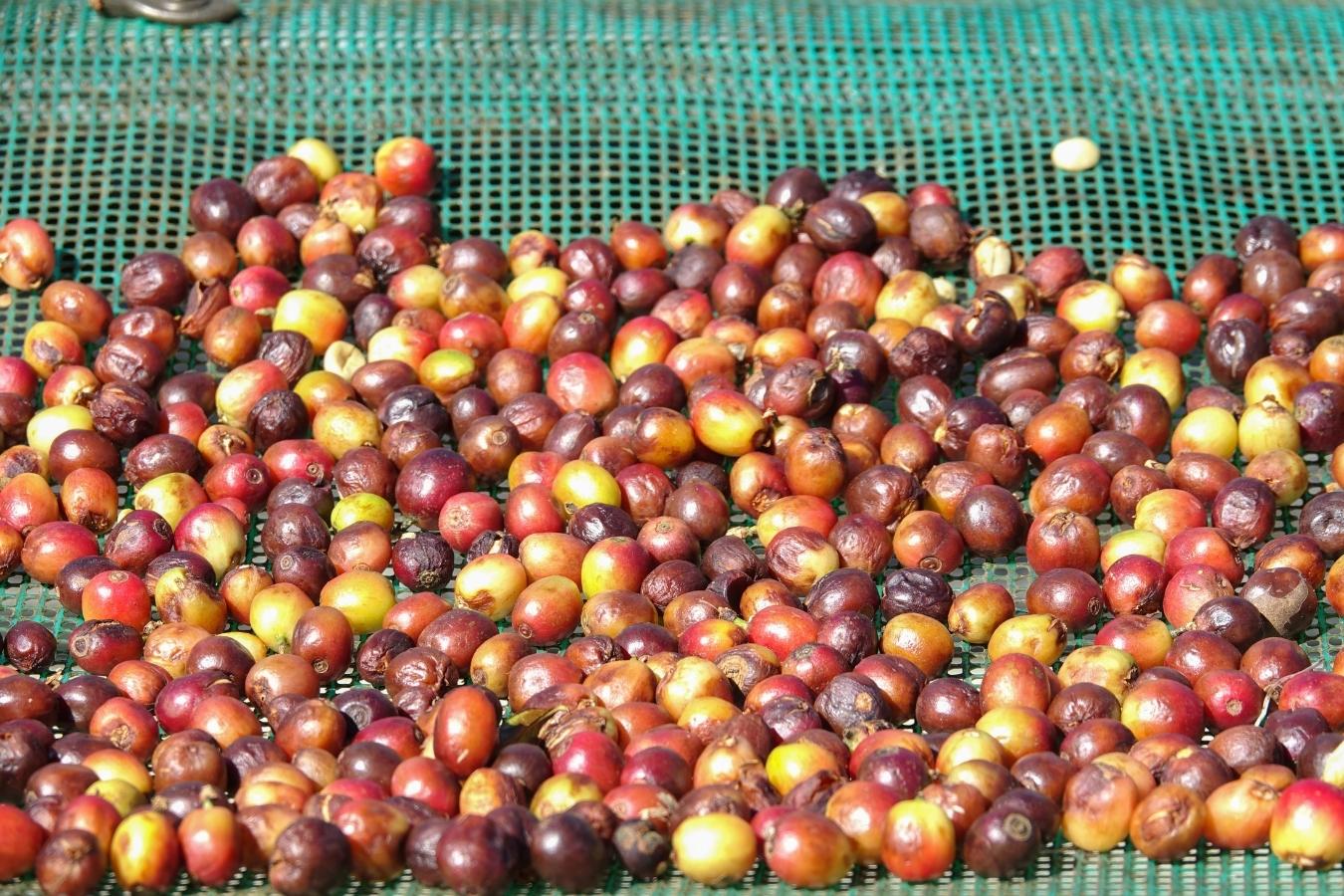
Pros And Cons Of The 3 Most Popular Coffee Processing Methods Today: The methods of processing green coffee beans have also sounded a lot, but do you fully know their pros and cons? Learn about the Pros And Cons Of The 3 Most Popular Coffee Processing Methods Today with Helena!
Natural Processing
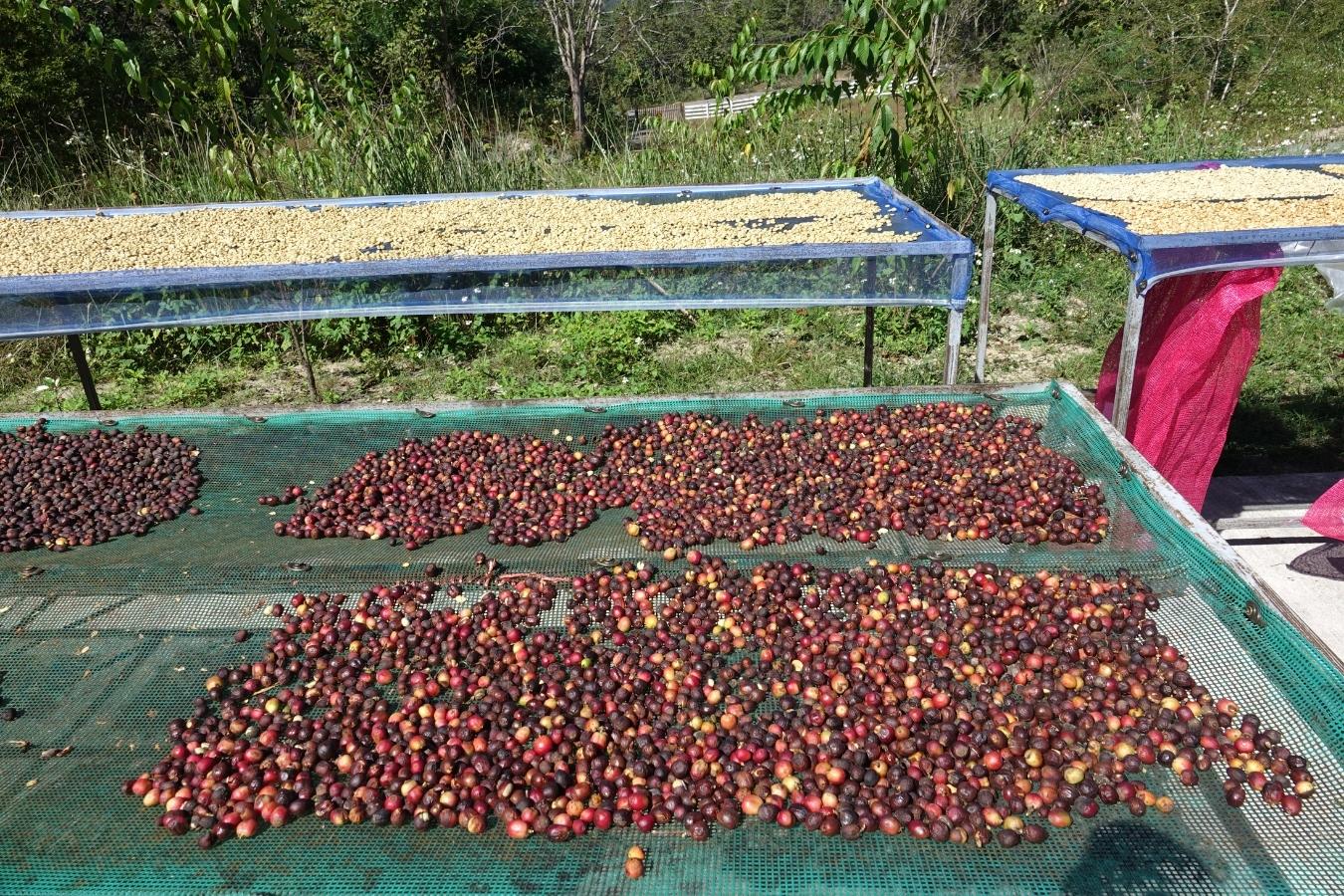
The coffee fruit, once ripened, will be dried until the humidity drops to 11-12.5%. The drying process will take about 25-30 days. Next, the dried coffee fruit is rubbed with a machine to remove the outer shell husk to produce the finished coffee.
– Advantages: This method will ensure the natural sweetness of the coffee fruit is less sour and keep the original taste very good. This method is mainly sun exposure manually, so the cost is not much.
– Cons: The quality of finished coffee may not be uniform due to the high dependence on natural factors such as temperature, light, exposure time.
Notes: Natural coffee drying methods are often applied in areas where water supplies are scarce and are also associated with the concept of low-quality coffee or instant coffee.
Currently, farms in Lam Dong plateau have mainly changed the traditional way of doing things, focusing only on picking ripe fruits (up to 98%) and processing them in a fast and meticulous process. As a result, dried processed coffee is of higher quality, with excellent taste and stability.
Honey Processing Method
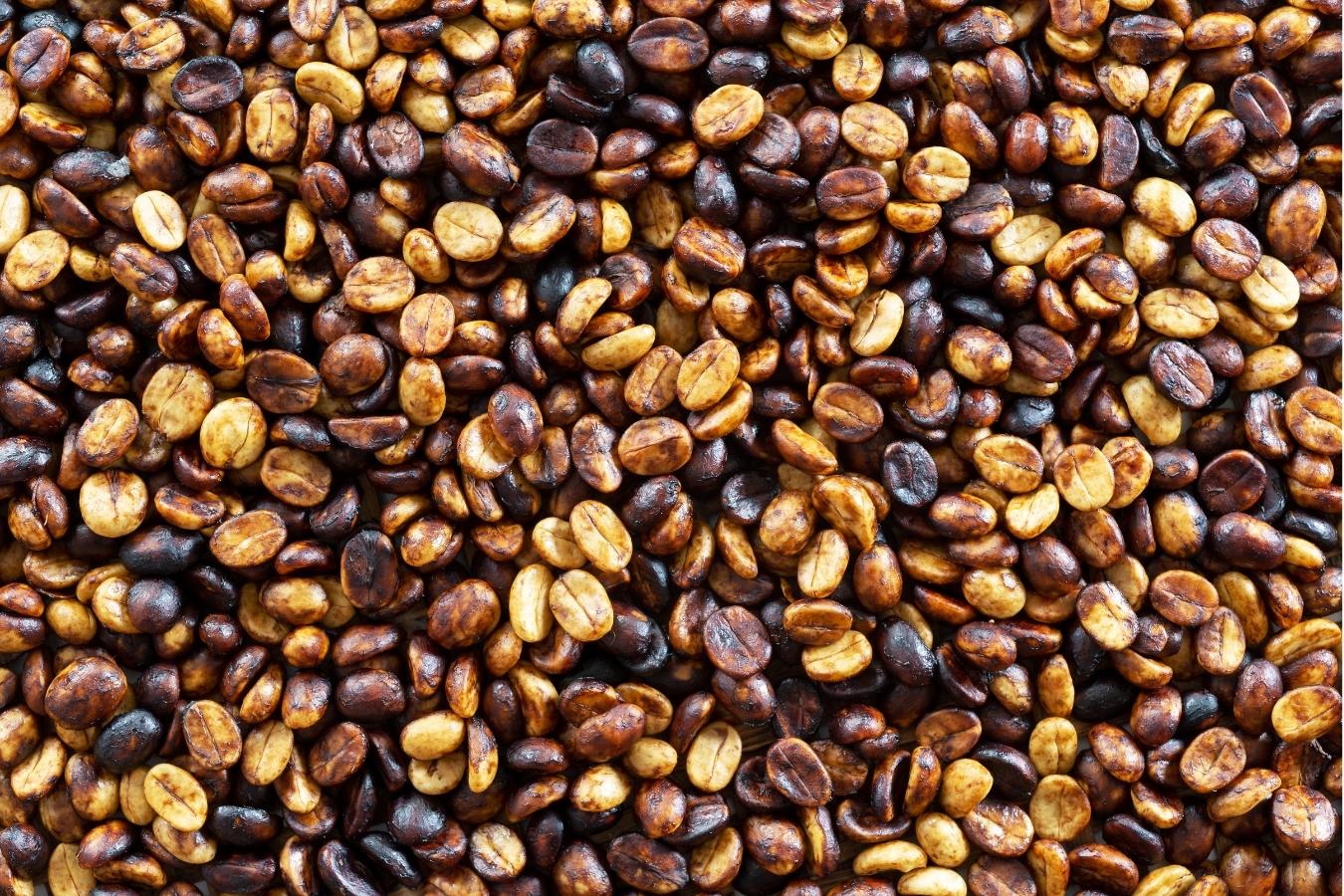
After picking, the coffee fruit will be rubbed fresh by the machine, wiped out part of viscous, un-glazed. Next, the coffee will be dried and dried to reach 11-12% humidity, then carefully stored to avoid getting wet again.
– Advantages: This method gives just enough sourness to the coffee. The taste is uniform and characteristic.
– Cons: As well as the natural drying method, the quality of the coffee will likely be affected by natural factors such as light, wind, and dirt. (There is a drying process. In addition, coffee processed by the semi-wet method is also affected by the firsthand quality. The firsthand needs to have skills and experience to give the finished batches quality and uniform taste.
Notes: In fact, there are many different levels of honey processing. We can temporarily classify them according to color, such as White Honey – Yellow Honey – Red Honey, and Black Honey.
Fully-Washed Processing
This reasonably complex processing method is applied mainly to Arabica coffee lines. The main feature of wet processing is that the meat between the seeds and the coffee shell is removed before drying the coffee.
This method requires equipment as well as a highly professional processing process. Therefore, the coffee produced by wet processing methods is always of better quality, and the commercial value is always higher than coffee processed by other methods.

– Advantages: High homogeneity, fast processing time, superior quality finished coffee.
– Cons: The processing process requires a lot of water and is prone to souring if soaked for too long.
Notes: The wet processing method requires farms to have a professional waste treatment process to sustain the ecosystem around coffee trees.
